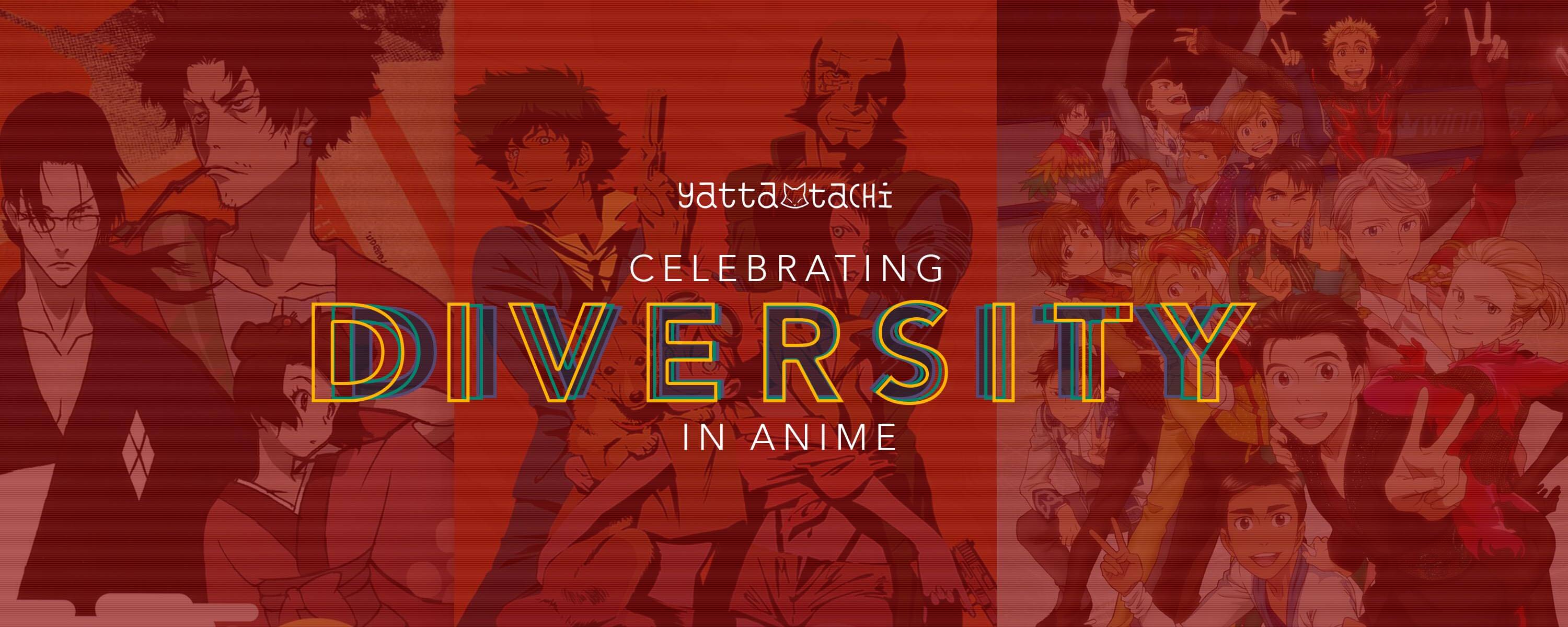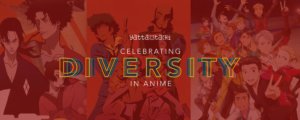It makes sense as to why we’ve seen light-skinned characters for the most part in anime. We don’t have to cover the fact that anime originated from Japan and the fact that the Japanese ethnic group makes up roughly 98% of the country. Having that as information, we can see why the majority of anime titles feature just Japanese characters. We get it. BUT anime has been, and is still, celebrated worldwide. This art form has been exposed to a large audience, one composed of many ethnicities and races.
Yes, we’re talking about a majority here, but we can’t disregard the fact that there are portrayals of racial diversity in anime. Director and anime filmmaker Shinichiro Watanabe is a believer of bringing diversity into his stories.
“Lots of times when you watch anime, the characters all have white skin – all the characters in fantasy stories have white skin, which I never liked. I wanted to have lots of characters in Bebop without the white skin, and if people weren’t used to that, well, maybe it would even make them think a little bit about it.”
If you’ve seen Watanabe’s work, you may notice that he puts a major emphasis on characters of colored skin. It’s because of creators such as him that the industry has been changing little by little. So let’s take some time to celebrate a few of the many titles that have been shaping the industry for a broader audience.
1. Samurai Champloo
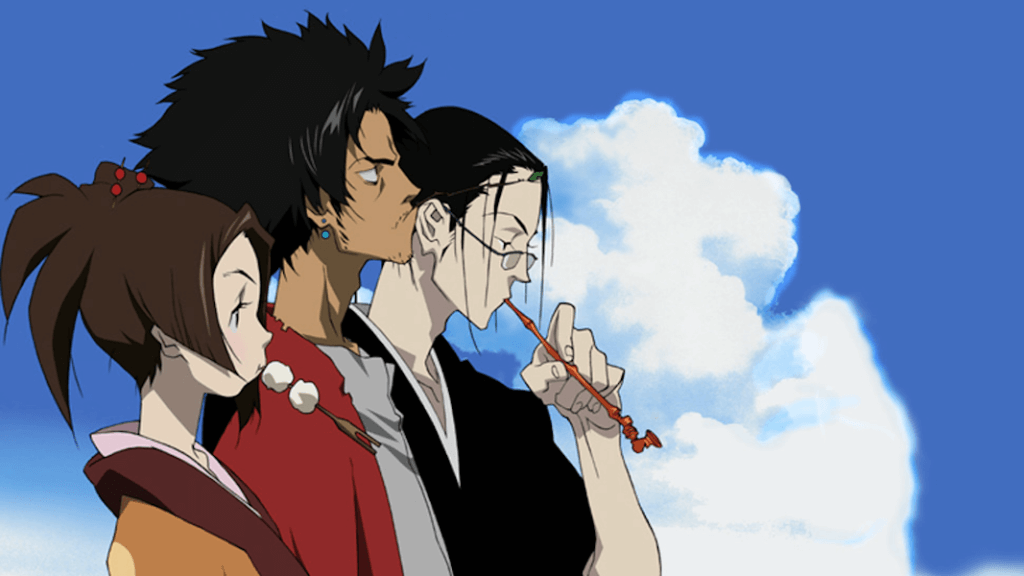
As previously mentioned, Shinichiro Watanabe is very serious about avoiding nationalism, which makes Samurai Champloo interesting. I mean, how can a show with samurai in its title avoid nationalism? Well, it’s also in the title: Champloo, which means mixed. The story takes place during the Edo Period, and it follows three characters; Fuu the leading lady in search of the samurai who smells of sunflowers, Jin the exemplary samurai turned ronin, and Mugen a fierce vagabond with a unique fighting style. From these three characters, it is Mugen who stands out with his dark-colored skin and foreign appearance. This character is relatable those who were raised underprivileged, and despite it all, he remains strong and independent. It is not until later that it’s revealed Mugen’s Ryukyuan background, an indigenous minority group in Japan.
However, this is not the only detail that praises diversity. Watanabe made sure to include foreign characters, and of course – the most important fact of all – the blend of traditional Japanese culture with hip-hop; hence the champloo. This episodic series always keeps the main goal in mind: find the samurai who smells of sunflowers. But throughout the journey, the three protagonists stumble upon situations that cover diverse cultures, characters, and even religion.
The episode “Unholy Union” presents the introduction of Christianity in Japan, and the event brings the main characters closer to the sunflower samurai. This episode also gives further insight on Ikitsuki Island’s Hidden Christians (secret practitioners of Christianity) during the aftermath of the Shimabara Rebellion that took place in Nagasaki.
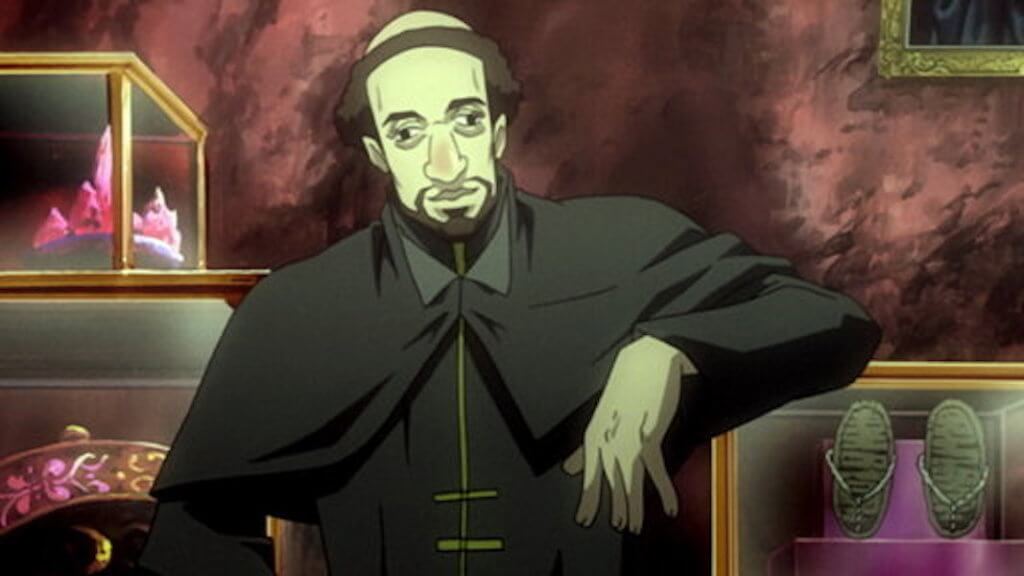
As a consequence, it had enforced a ban to the religion. It is then learned that the samurai who smells of sunflowers was a christian who ran away in order to protect his family. The episode also introduces another foreign character known as Xavier, son of Francisco the 3rd. Xavier traveled across the seas as a representative of God, imposing the new religion.
“Baseball Blues” is a fictional take on how baseball was brought to Japan by the United States. And “Stranger Searching” introduces a Dutch character, but not only that; there are implications about his homosexuality. These episodes explore beyond Japanese culture, which is what Watanabe truly intended to do with the series.
2. Durarara!!
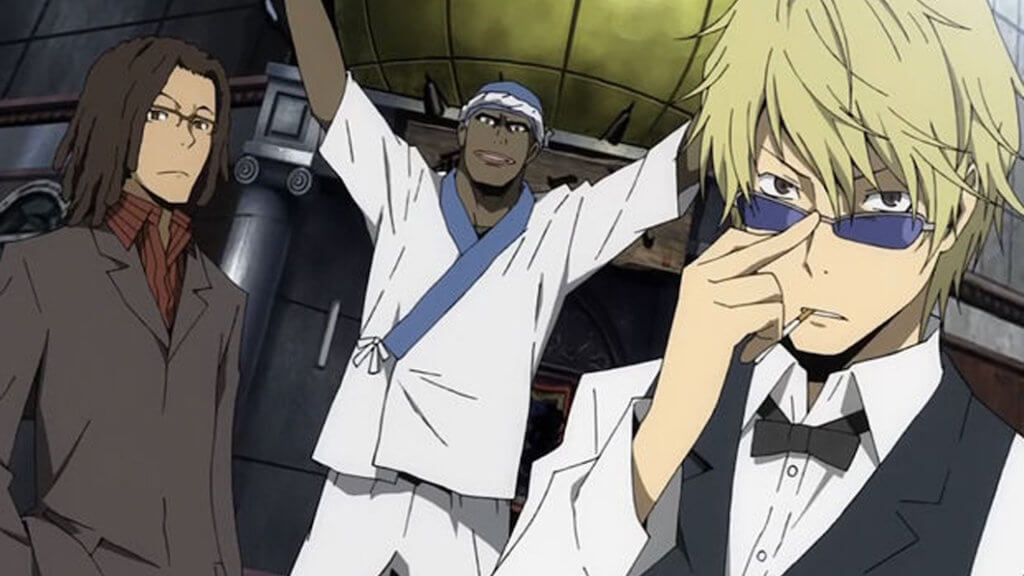
This fantastical action story set in Ikebukuro depicts a rather large cast of characters with a variety of backgrounds. One of the major focuses is Simon, a dark-skinned sushi chef who hails from Russia. In the first season, not much is known about his background except that used to work, along with a character named Dennis, in the Soviet special forces. In the beginning of the season, there’s a clear understanding about the show’s theme: gangs.
Not only are fictional gangs such as the Yellow Scarves, Dollars, and Blue Squares are introduced, but it all leads to connections to actual organized crime syndicates like the Yakuza. Everything that occurs in the first season leads to more involvement with the Russian community, introducing characters that are associated with weapon dealing organizations from Russia.
As expected, these organizations set conflicts in motion with other gangs. Writer Ryōgo Narita’s works (e.g. Baccano!) feature an ensemble cast of characters with different backgrounds, strongly focusing on each of their viewpoints. In Durarara!! having that streak of diversity pushes the story forward, making it a huge necessity. Even though it doesn’t necessarily have to do with racial diversity, the folklore used come from different cultures. For instance, Celty is the Irish Dullahan, depicted as a headless rider. Coming from Celtic lore, the Dullahan is known to guide souls to the afterlife.
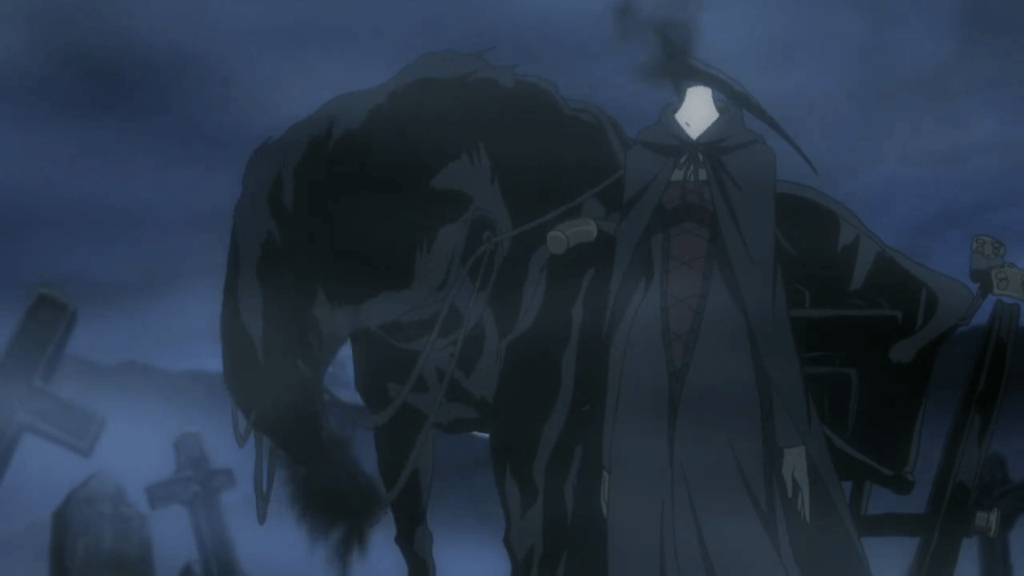
However, in Celty’s early story it is told she woke up missing her head, traveling to Japan in search of it. Throughout her journey, she became affiliated with the Dollars and an underground transporter, yet still keeping her goal to retrieve her head.
3. Michiko to Hatchin
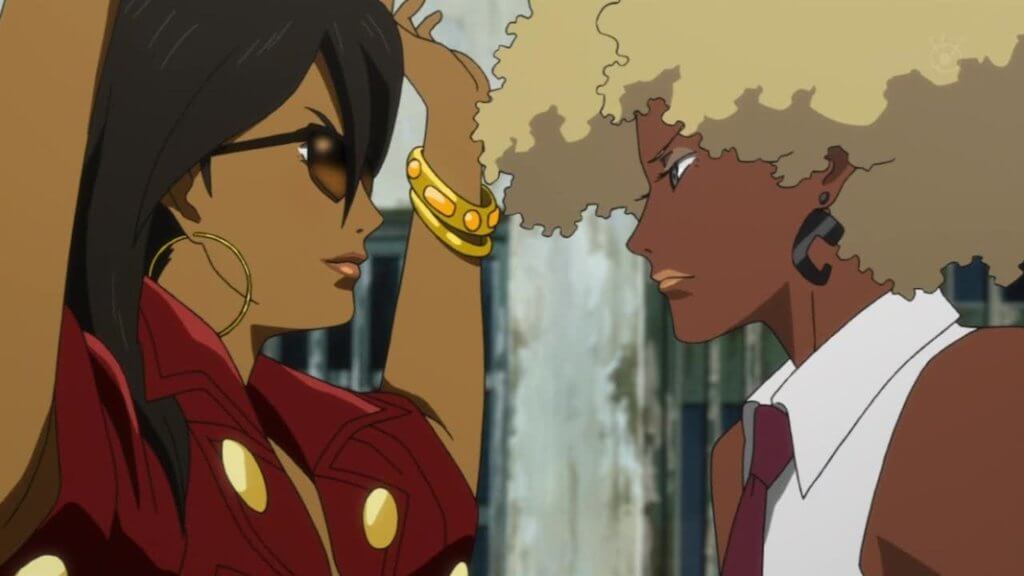
Not only does Michiko to Hatchin have a large cast of diverse characters, but it also takes place in fictional Diamandra; most likely somewhere in South America that’s very much embedded in Brazilian culture. From speaking Portuguese to depicting streets and slums that resemble the state of Mato Grosso and Rio, Diamandra also flaunts Brazilian culture with samba music, traditional food and beverages, and the clothing the characters wear.
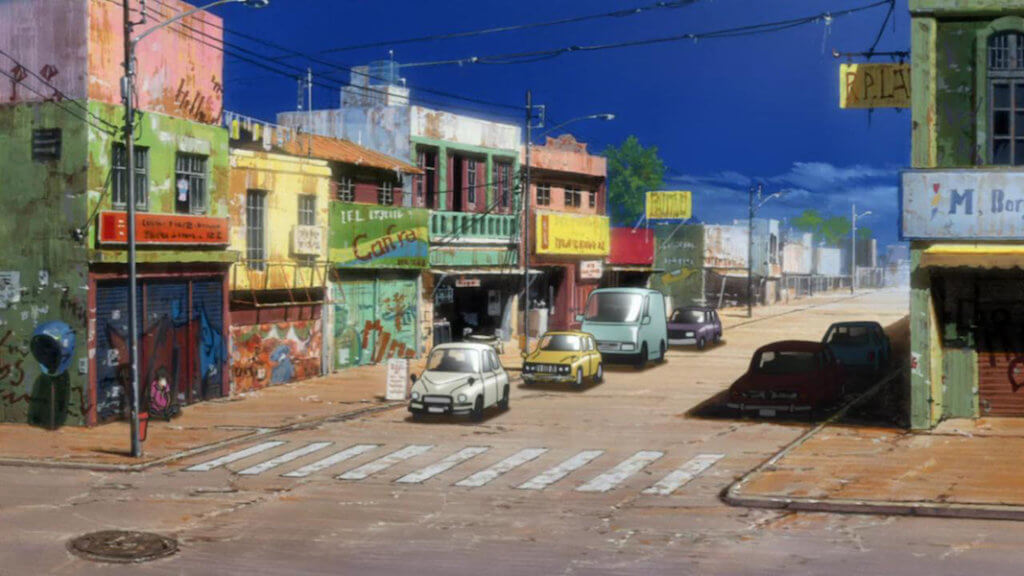
Michiko, an escaped criminal from prison, saves Hatchin from her abusive foster parents and they go on a journey to find Hiroshi Morenos (Hatchin’s biological father and Michiko’s past lover). Michiko shares similar traits to those of Mugen from Samurai Champloo; it’s no surprise these two titles come from the same studio Manglobe. As low-key deranged Michiko can be, she’s driven by love and remains courageous regardless of her past. Other characters like Atsuko Jackson represent mixed races of Latin and African American. Their reasons for most of the characters having Japanese names is unclear. It could perhaps allude to the fact that there’s a large Japanese community in the city of Sao Paulo, but it is never specified. The story also depicts relevant social issues in Latin America, which allows viewers to delve into unknown lives, and for others – perhaps to relate.
4. Yuri on Ice!!!
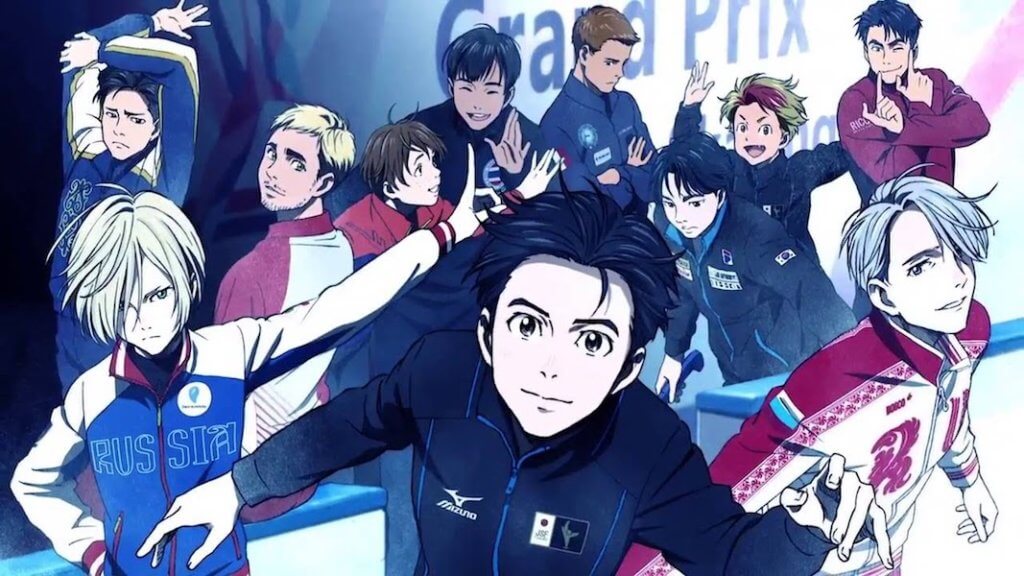
The most recent anime show that captured the hearts of many viewers is Yuri on Ice!!! (a.k.a that ice skating anime.) Heartwarming story aside, the series heavily relies on diversity. Taking place in the professional skating world, characters from a wide array of countries are introduced to push the story forward. It makes sense coming from a sports anime, but one can truly appreciate the detail that went into the characters representing their countries. For instance, King JJ (representing Canada) has sponsors on his jersey that resemble real Canadian companies.
Each character has physical traits that represent their homeland. However, figure skater Leo de la Iglesia (representing the United States) is not depicted as a Caucasian, BUT an American of Hispanic/Latino descent. It’s so refreshing to see a familiar face that’s considered a minority to be the representative of the US. Yuri on Ice also explores different cultures in every each character’s skating routines.
A prime example would be Phichit Chulanont, representing Thailand. During his last performance, Phichit imagines himself skating along with his friends whilst wearing traditional Thai regalia. Scenes with cultural exposure was one of the main reasons that made this series stand out – not to mention, all the hints of different languages that were used in the dialogue. Красивая! (My goodness, I sure hope I typed that correctly!) Important moments happened in different locations; such as the proposal that took place in Spain. Let’s not forget how accurately depicted Barcelona was.
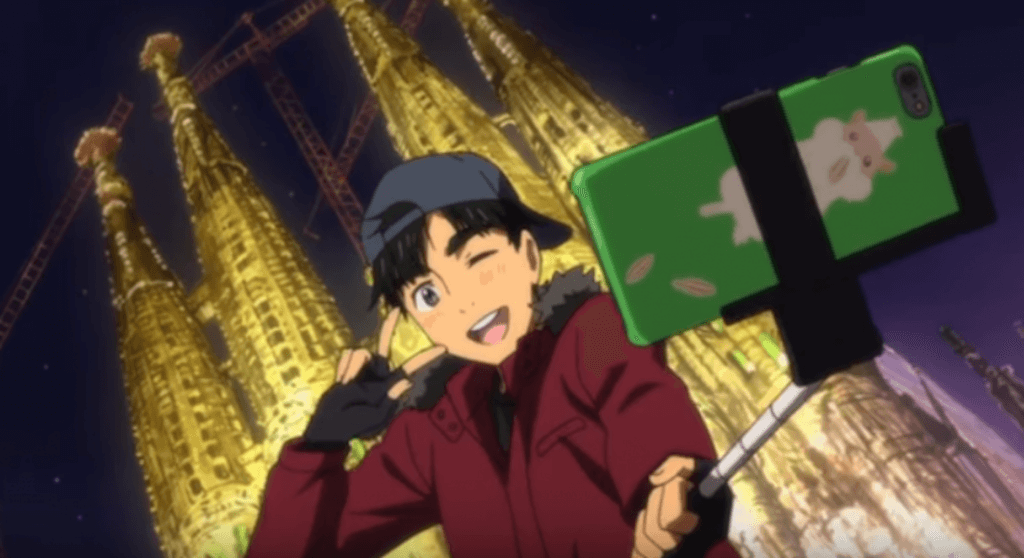
Finally, the representation of LGBT was crucial to moving our hearts. A lot of Yuri’s success was connected to Viktor’s help which, of course, was strongly tied to romance.
5. Cowboy Bebop
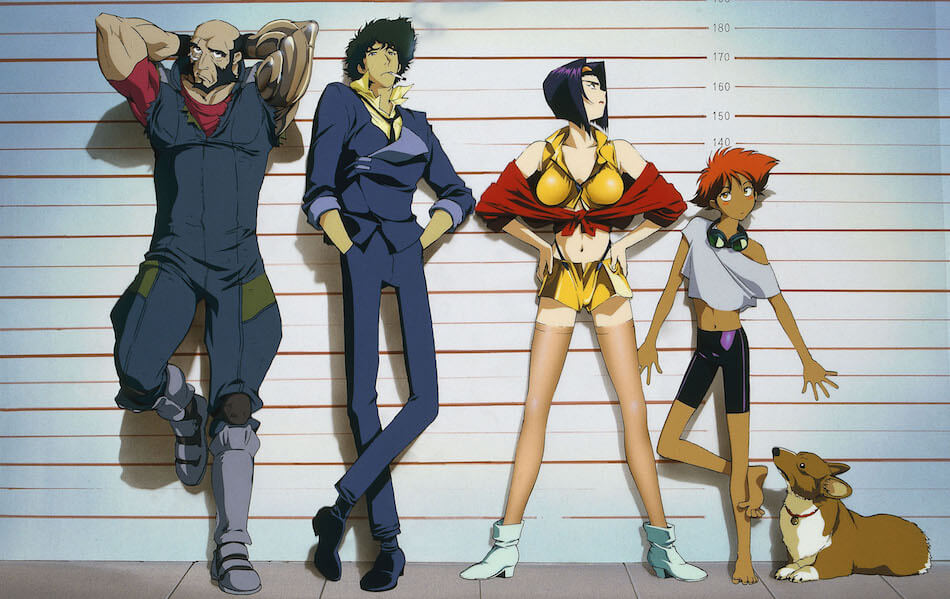
Now let’s wrap up the list with another Shinichiro Watanabe art piece, Cowboy Bebop. Released in 1998, yet still holds a lot of pop culture and even modern society relevance. It’s known to be the first anime title broadcasted on Adult Swim in the United States. It was another title that reaffirmed for the West what anime is capable of as a storytelling medium beyond being a genre for children. Not only that, but it presented a lot of familiarity to the Western audience, with characteristics of spaghetti westerns, references to the works of John Woo, Bruce Lee and Ridley Scott, its music, and a portrayal of racial diversity were among the reasons the series appealed to a mass audience.
These details also offered a chance for westerners to relate to the characters. The story begins with bounty hunters Spike Spiegel and Jet Black who are later joined by Faye Valentine and Edward Wong. In the series, we’re transported into a universe where Earth is barely habitable. Instead, human civilization dispersed to different planets and moons. Earth was damaged due to the creation of a “stargate” forcing an exodus of mankind. As a consequence, it led to a major diaspora of humans within the galaxy. Which is why, as we stick around throughout the story, there’s multicultural environments in select planets including racial diversity.
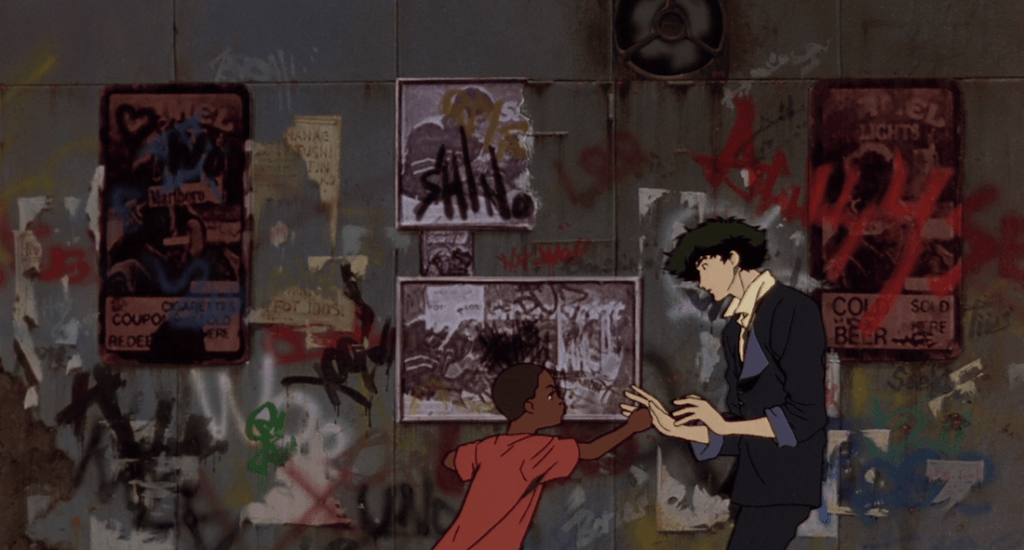
There are also signs presented in languages such as Russian, Spanish, Mandarin, English, and Japanese; hinting at the mix of identities on every planet. However, there’s really no specific classification the population; there’s really no dominant race either. A good example of the multicultural mix is with Ed’s “full name”. Because she didn’t grow up with parents, she gave herself the name Edward Wong Hau Pepelu Tivrusky IV. The full name holds origins from various nationalities. Even the name her father calls her, Francoise is of French origin. As the episodic story pushes on, we see how the civilization works accordingly with the narrative.
Another cool fact about Bebop is the use of music. Composer Yoko Kanno used jazz as the main genre whilst mixing western, blues and opera. It made the melody set the genre’s tone. Not only that, but the music played a big part in the narrative of the story. Episodes are known as sessions, and each of these “jam sessions” were named after songs that would correlate with the episode’s plot. This titles include “Bohemian Rhapsody”, “My Funny Valentine” (which of course has to do with Faye), “Toys in the Attic”, and other titles recognizable in the West.
The Wrap-Up
There’s an abundance of titles that portray racial diversity. Some of them are a couple of years old, and some are pretty obscure. Nevertheless, there seems to be a movement of newer titles that celebrate diversity. Directors like Sayo Yamamoto (Michiko to Hatchin, Yuri on Ice!!!), and Shinichiro Watanabe are keeping the ball rolling when it comes to bringing more diverse titles to life. Even creators like LeSean Thomas (Cannon Busters, Children of Ether) are making a stand to keep creating characters that represent the faces of our world.
We need more diverse everything. Not only does it allow viewers to enter a new point of view, but also gives us a peek of a new culture. Fiction builds empathy. When we read or watch characters that do not look like us nor live like us – we begin to understand them. In the words of Gene Luen Yang, “You understand what makes you similar and how vast the differences are, and it helps people who are different from you. Right now it seems like – not just in America, but around the world – we need a little more empathy.” So raise your glass and let’s make a toast. Here’s to more diverse titles to come. Cheers!

Featured Sponsor - JAST
The sweetest romance and the darkest corruption, the biggest titles and the indie darlings; for visual novels and eroge, there's nowhere better.
Big thank you to our supporters
From their continous support, we are able to pay our team for their time and hard work on the site.
We have a Thank-You page dedicated to those who help us continue the work that we’ve been doing.
See our thank you page